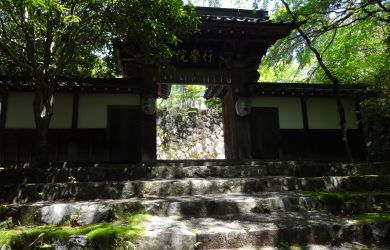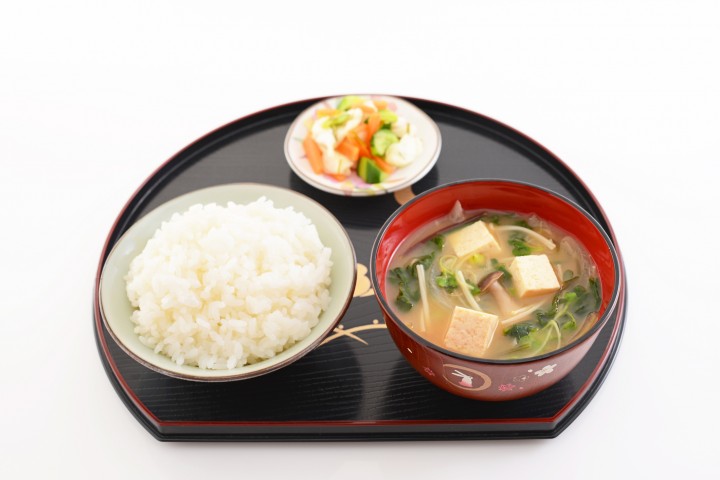
January 8, 2017
Healthy from the Inside Out
Age-old diet and wellness hacks from Japan
In the relentless modern pursuit for wellness, there are countless lifestyle choices to subscribe to—paleo diets, alkaline water, coconut oil pulling, activated almonds. Japan is a country renowned for the good health and longevity of its citizens, who follow many time-honored techniques for internal and external health.
Here’s a selection.
Drink yawaragi-mizu
Sake’s smooth, umami-drenched drinkability means it’s pretty easy to knock back one ochoko after the other. But to fully enjoy the benefits of Japan’s national drink and prevent a hangover, it is recommended to partake in the drinking of yawaragi-mizu. Literally meaning “soothing water,” this is the term for the water chaser taken between drinks of sake. Yawaragi-mizu works its magic by thinning out alcohol concentration in your blood, which lessens the burden of alcohol on your body; it helps to rehydrate the body, slows down the process of intoxication as well as consumption. It also refreshes the palate, making the flavor of the next glass of sake or bite of food that much crisper and clearer.
Eat like a Buddhist monk
With the spread of Zen Buddhism throughout Japan starting in the 13th century, the cuisine of Buddhist monks, shojin ryori, became popularized and remains evident in modern Japanese cuisine. The cuisine is based on simplicity and nutritional balance, minimizing waste and harmonizing with nature. To this end, they eat no sentient beings (meat, fish, insects). Garlic, onion and other pungencies are not used for flavor; food is generally cooked in water rather than oil; the diet is comprised largely of seasonal plants, tofu and tofu derivatives, natto, seaweed products, and rice.
Eat medicinal condiments with your food
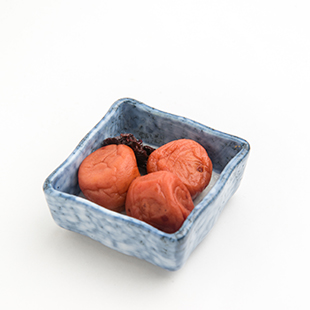
A little dab of wasabi with sashimi and a sprinkle of sansho pepper with grilled eel may look pretty and enhance the flavor of the dishes, but these aren’t the only reasons that certain condiments feature prominently in Japanese cuisine. Yakumi (“yaku” meaning medicine and “mi” meaning flavor) are condiments with medicinal benefits, for example providing antibacterial qualities and stimulating digestion. Aside from wasabi and sansho pepper, this category includes ginger, myoga (Japanese ginger), umeboshi (pickled plums), daikon, shichimi togarashi spice mixture, karashi mustard, yuzukosho seasoning, scallions and shiso.
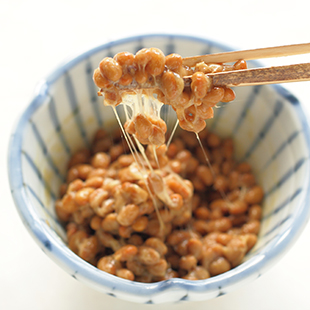
Eat fermented things
Since the Neolithic times, cultures around the world have produced and preserved food using fermentation, a process which also creates “good” bacteria and enzymes, B and Kvitamins and probiotics. These attributes benefit immunity and digestion, detoxify and generally promote gut, brain and body health. Many of the very foundations of Japanese cuisine are fermented products—miso is made from fermented soy beans, rice or other grains; natto is also produced by fermenting soybeans, albeit from a different bacteria; umeboshi are fermented Japanese plums; tsukemono (pickles) may also be made via fermentation, such as by using nukazuke (rice bran pickling) or sake kasu-zuke (sake lees pickling).
Bathe in a yuzuyu
Yuzu, a type of citrus, has been cultivated for thousands of years in Japan for culinary, therapeutic and bathing purposes. Adding a whole yuzu to a hot bath or onsen—called a yuzuyu—releases its refreshing, sunny aroma and imbues the bath with vitamin C and citric acid, as well as nomilin enzymes from its oil. Bathing in a yuzu-enriched hot tub is believed to guard against colds, soften the skin, improve circulatory and digestive systems, warm the body and calm the mind. Because yuzu trees live for a long time and are hardy against disease, a yuzuyu is also a symbol for longevity and good health.
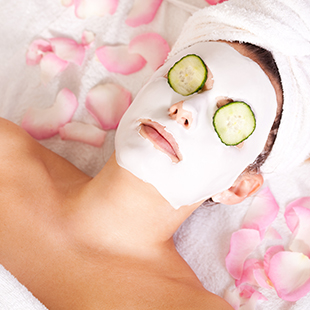
Rejuvenate your skin with a boozy face mask
To produce sake, a mash is made of rice, koji and water. The mash is left to ferment and then liquid sake is extracted. The leftover solid mass is the sake kasu (sake lees), a bioactive concoction used to pickle food, marinate meats and even beautify the skin. The high levels of nutrients and kojic acid contained in sake kasu, combined with its antibacterial properties, are said to reduce acne, moisturise and soften the skin and level out skin tone. To make a face mask, combine sake kasu with enough water, milk or yogurt to make a smooth paste. Set the mixture aside at room temperature for one hour, apply, leave for 15–20 minutes, then rinse.
Practice hara hachi bun me
Hara hachi bun me means to “eat until the stomach is 80% full,” a philosophy embraced by the Japanese from a Confucian teaching. Despite every instinct telling you to eat until you’re 110% full when eating Japanese food, Okinawans—the most devoted followers of the tenet—are case-in-point for its effectiveness for health and wellbeing: Okinawa has the world’s highest proportion of centenarians.
Drink kuzuyu
Heralded as a diet tonic and a cold and flu nemesis, kuzuyu is a sweet, syrupy mixture of kuzu (Japanese arrowroot) powder and water. Kuzu grows natively in Japan and the root has been ground into a fine powder and used as an elixir for a range of ailments for thousands of years. It is said to warm the body by improving circulation, prevent and treat colds, boost metabolism, satisfy the appetite and prevent overeating, and have a calming effect on the mind.





